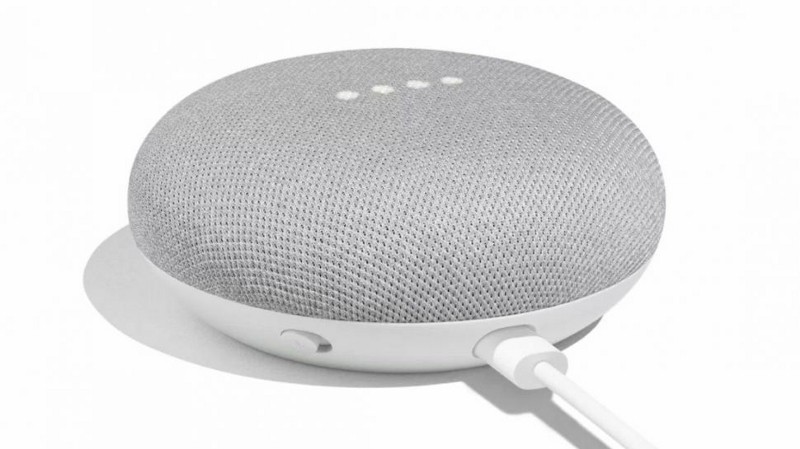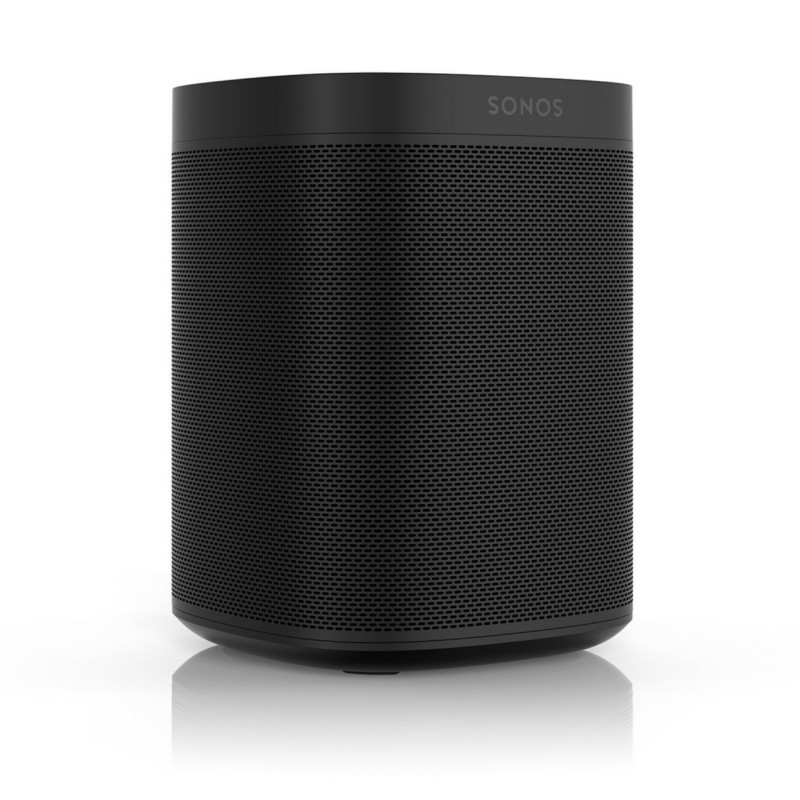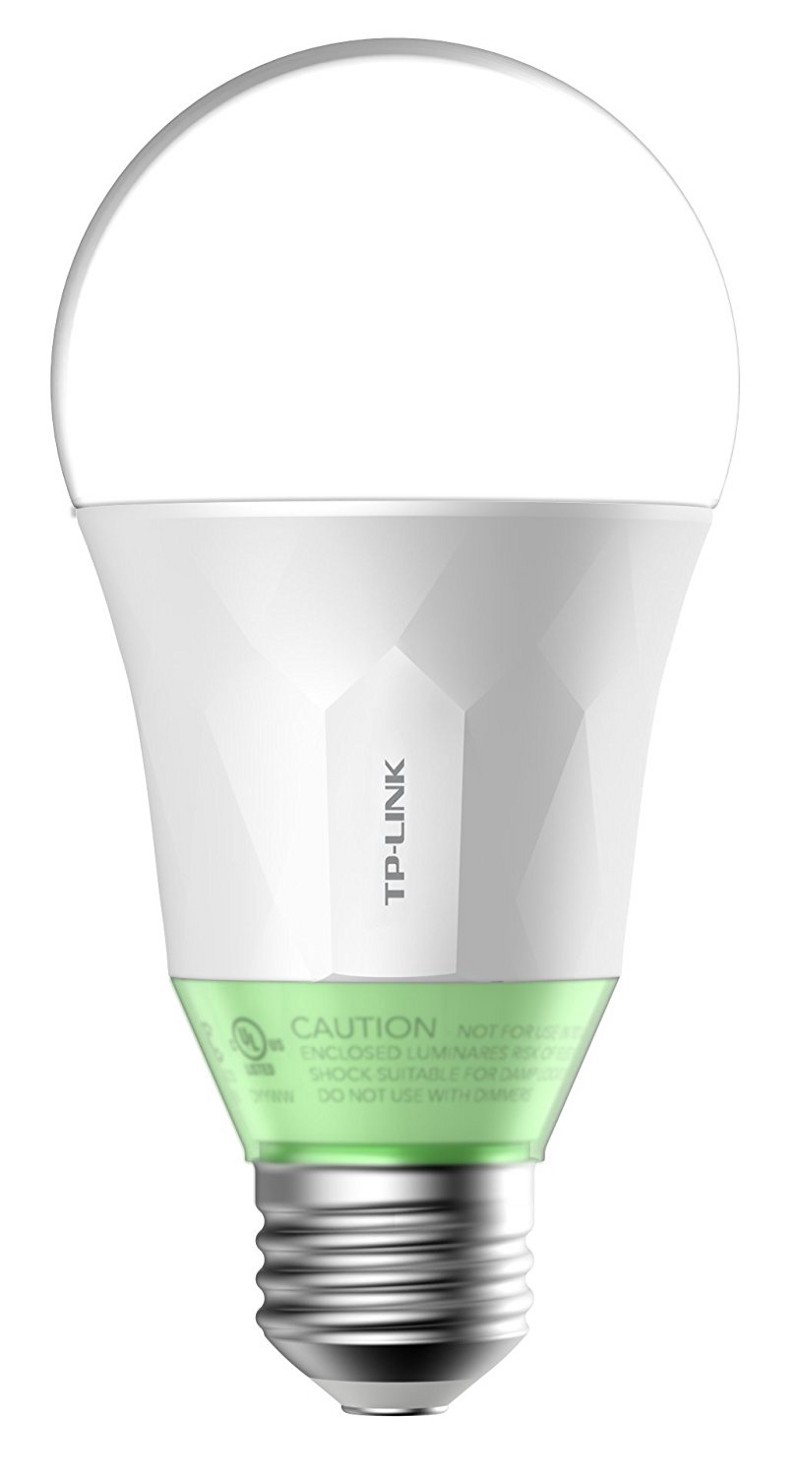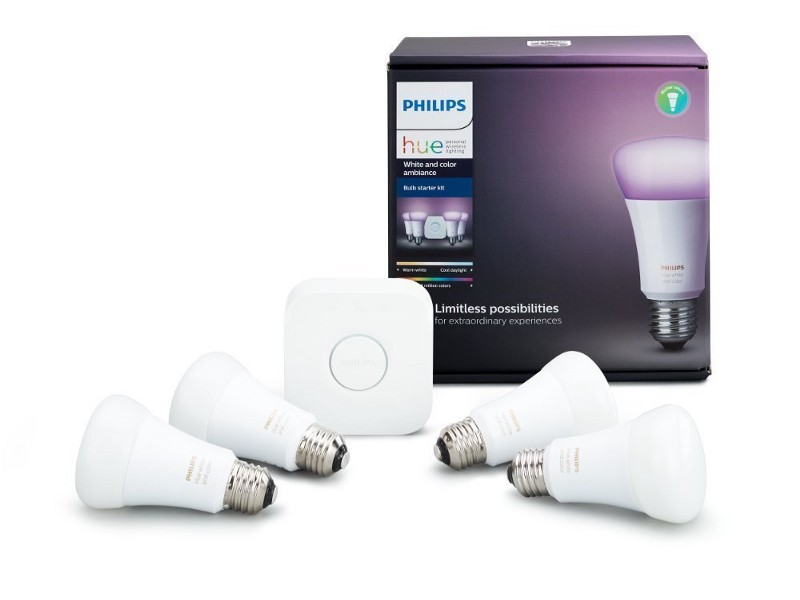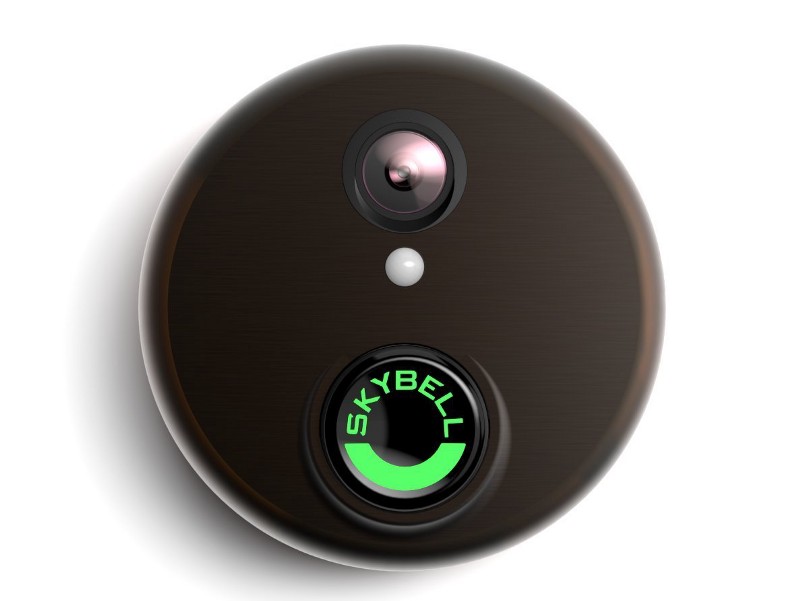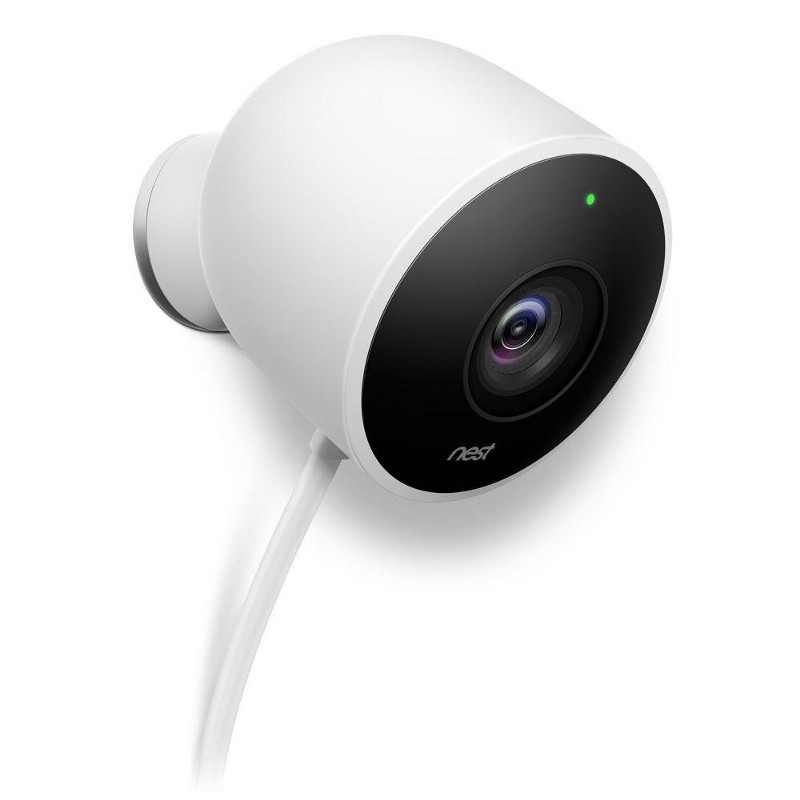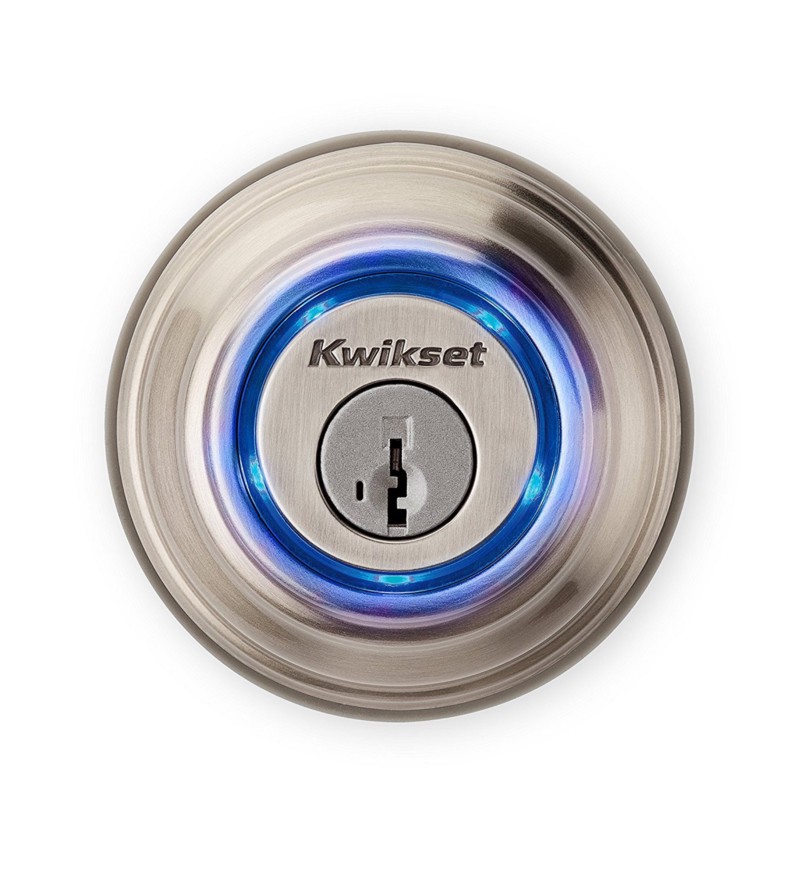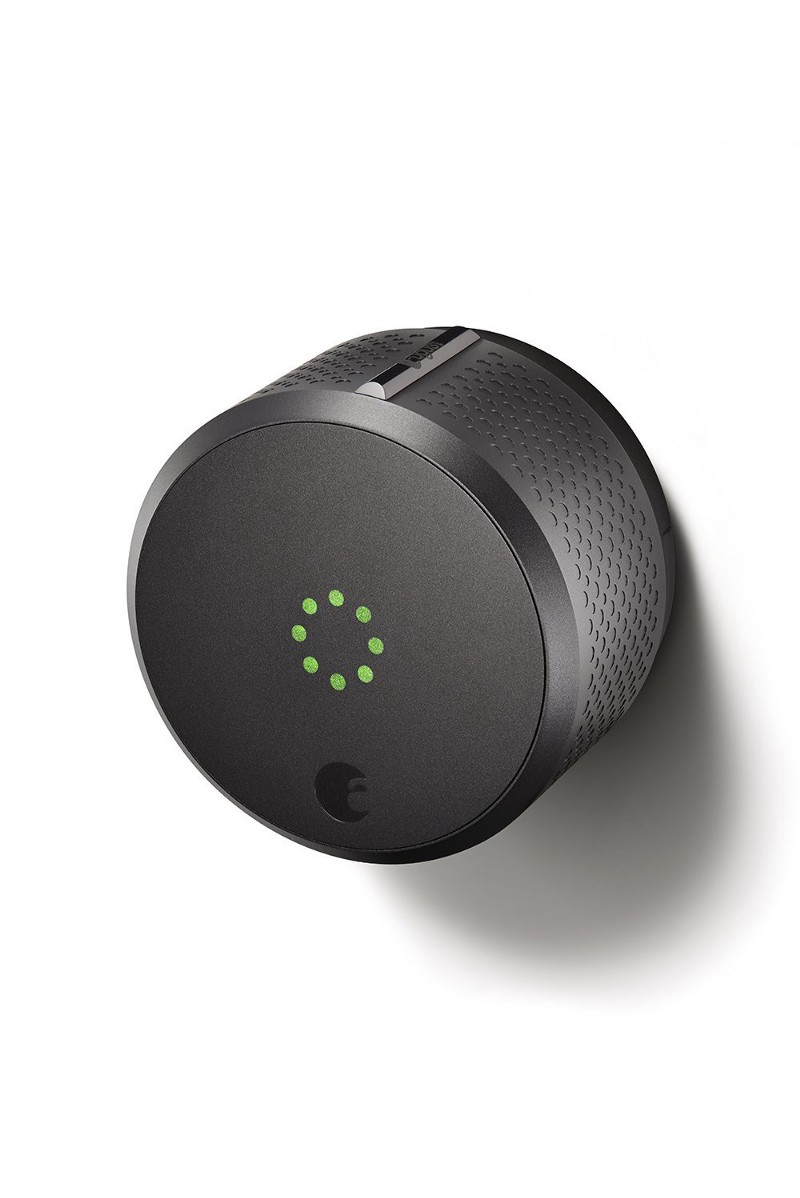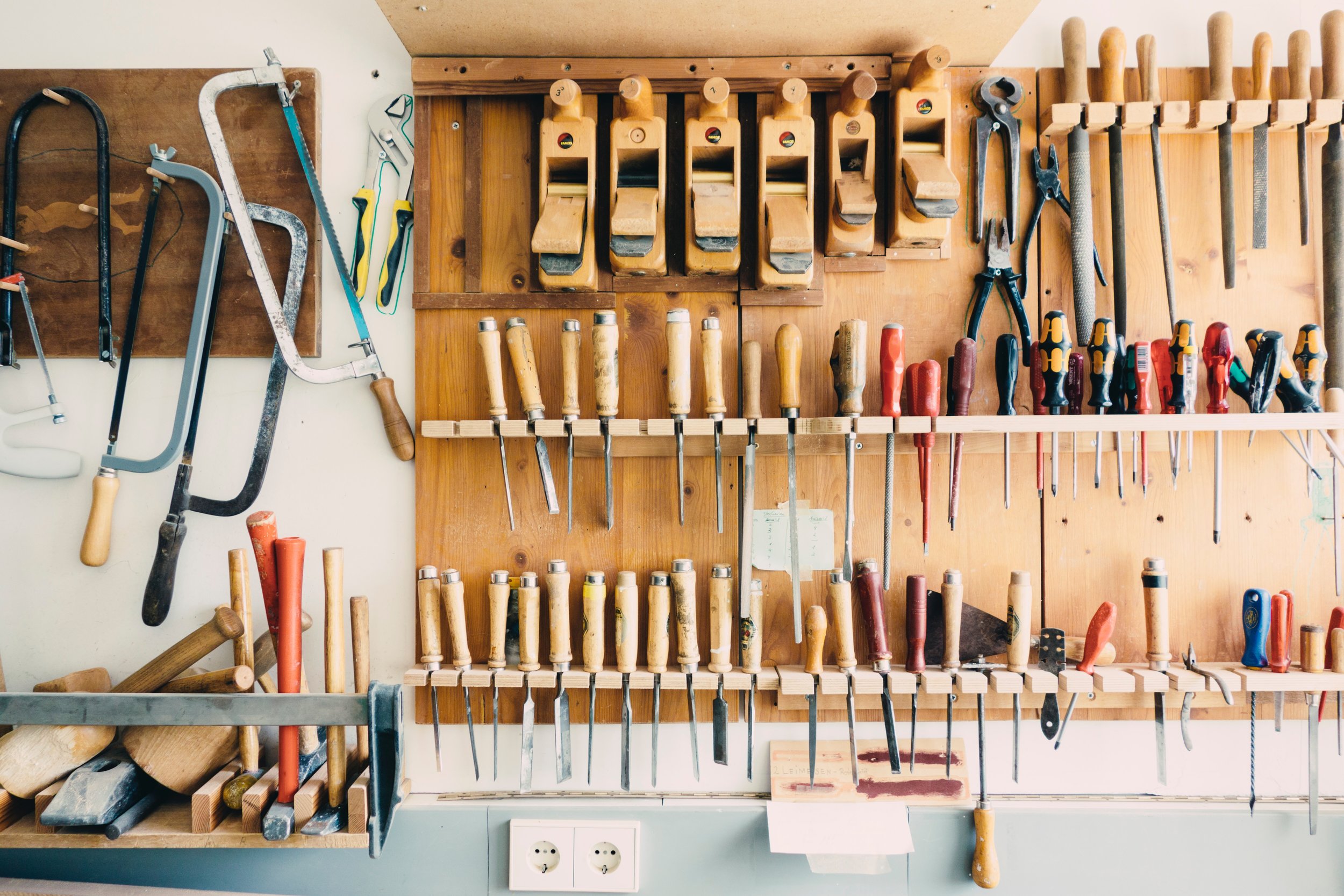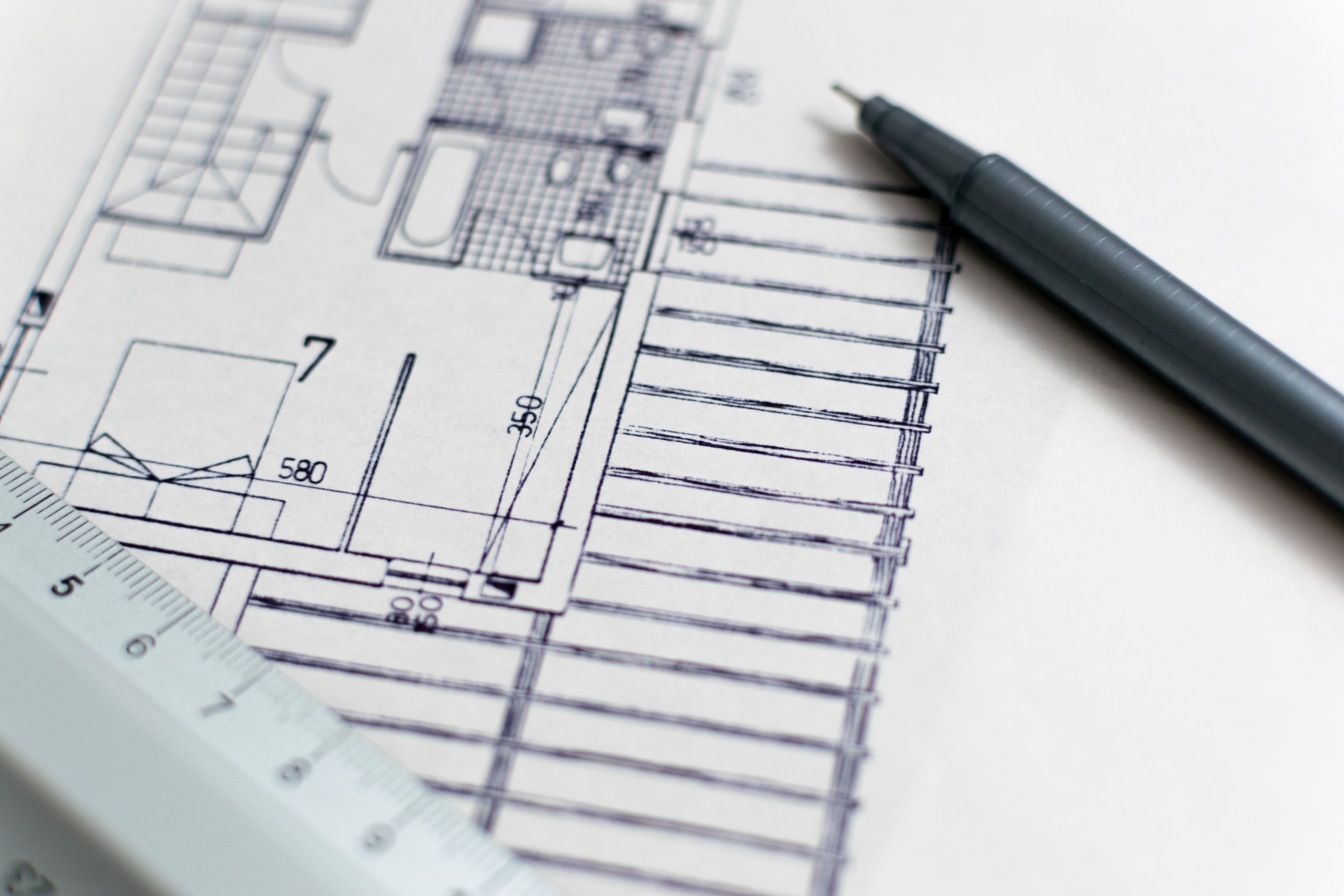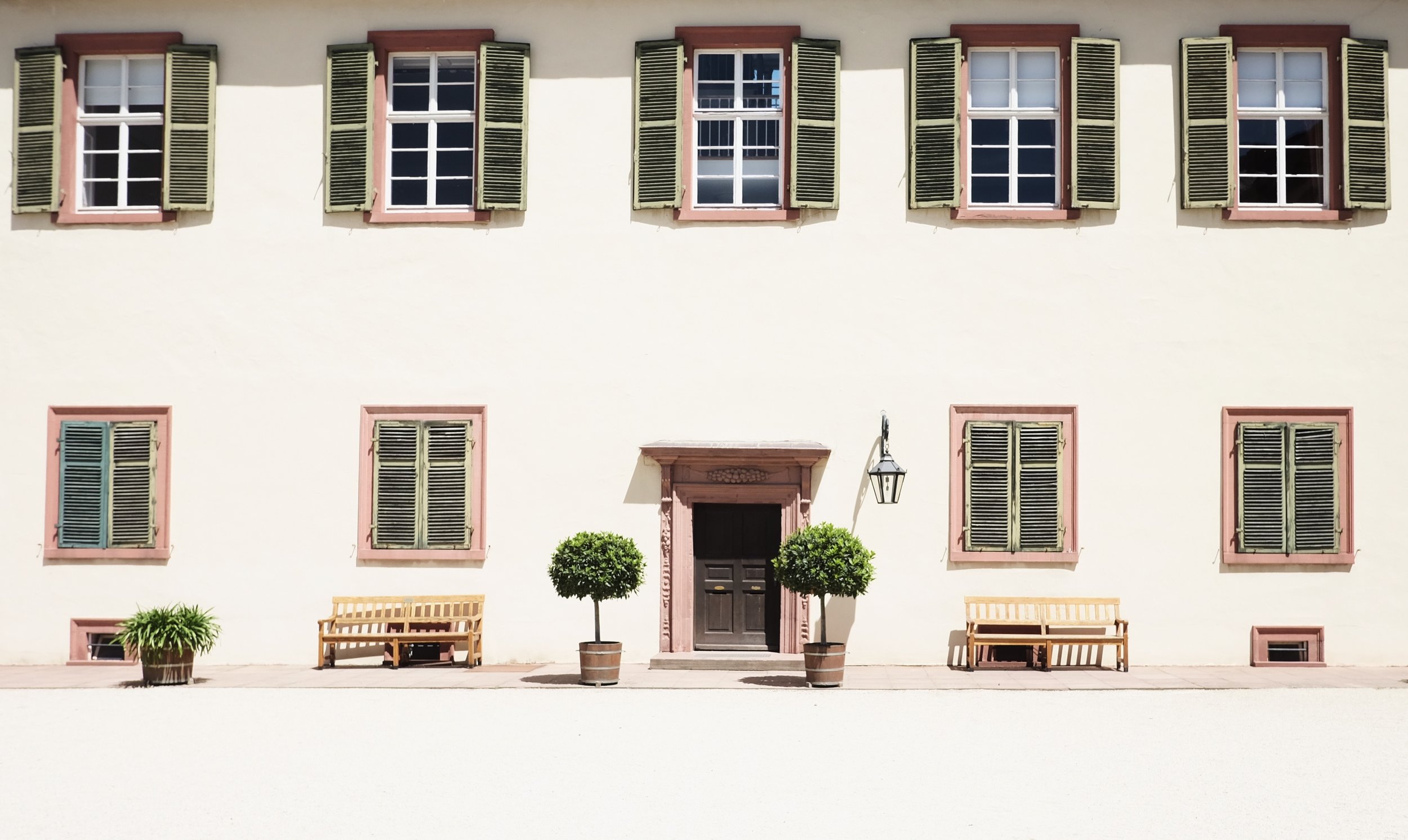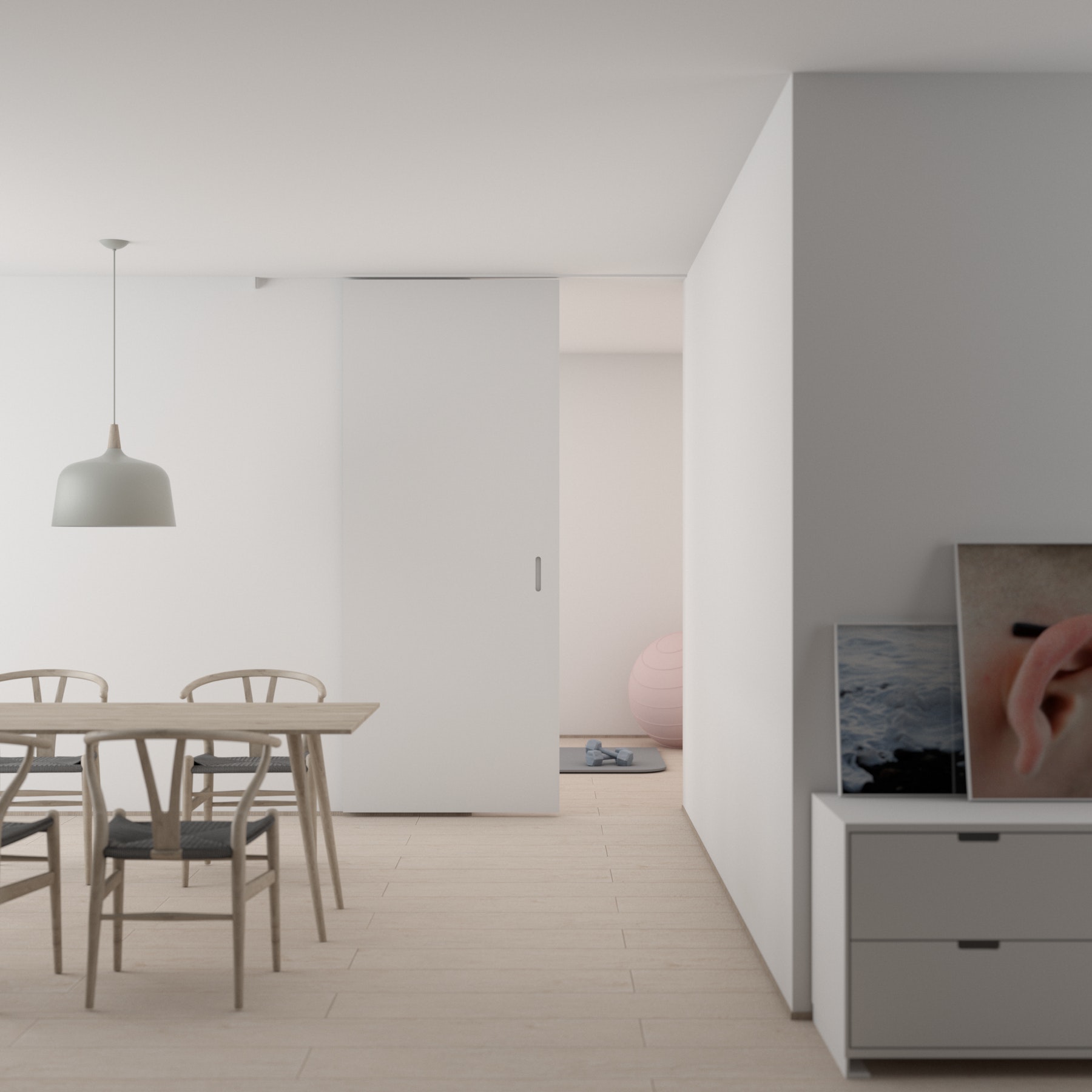Modernize your home with the latest and greatest smart home devices.
Echo Dot — $49.99
The best entry-level Amazon Alexa device that will become the backbone of your smart home.
Amazon Echo — $99.99
All the same features as the Echo Dot but with a bigger and better speaker. Looks great in any apartment.
Google Home — $129.00
Prefer Google over Amazon? Google Home offers similar features with Google Assistant built-in to play your favorite songs, tell you the weather forecast, connect your smart home devices and much more.
Google Home Mini — $49.99
Google’s entry-level smart home device, especially great if you have an Android phone.
Sonos One — $199.00
A rich sounding Alexa-enabled speaker, perfect for any music lover.
Nest Thermostat — $199.99
Easy-to-install smart thermostat, controlled by your smartphone, that will learn your desired temperatures and save you tons on your heating bill.
iRobot Roomba — $274.99
The only vacuum you need. At a push of a button, it will find every bit of dust on your floors and rugs, even under your bed and couch.
TP-Link Smart LED Light Bulb — $19.99
A great entry-level smart bulb that connects to your home network and doesn’t require a hub.
Philips Hue Multi-color — $199.99
A great connected light system with LED bulbs that can display any color imaginable. Freak out your cat by changing colors with voice command using any smart hub.
WeMo Smart Plug — $34.99
Anything that is plugged into the wall can be turned into a smart connection with this handy Smart Plug.
StarTech Bluetooth Audio Receiver — $75.99
Play music from your phone on any stereo with this audio receiver — no cords needed.
SkyBell HD Smart Doorbell — $199.99
Ever wonder who is ringing your doorbell? With SkyBell you can see them before they see you.
Nest Protect Smoke & Carbon Monoxide Alarm — $119.99
It’s about time smoke detectors were updated. Get notified on your phone if your smoke detector goes off.
Nest Cam Outdoor Security Camera — $199.99
Keep an eye on your house when you’re not home with this smart outdoor security camera.
Kwikset Kevo Bluetooth Lock — $229.99
With this smart lock you can open your front door with your phone, but still have the safety backup of a key.
August Smart Lock — $229.99
Who needs keys when we have phones? You can even create temporary digital keys for friends or Airbnb guests.




